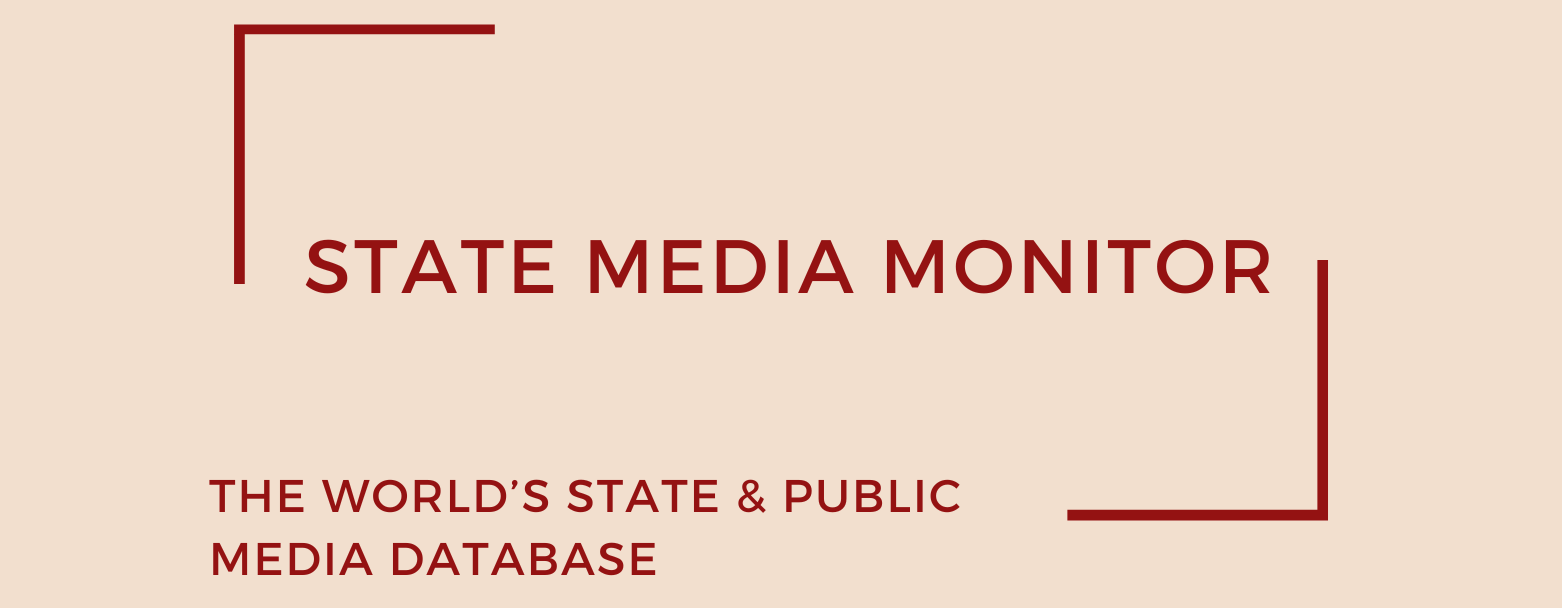State and Public Media in Eurasia in 2024
The Eurasian region presents significant challenges for state-controlled media. Traditional media outlets, such as television and radio, are the dominant players in these countries, with extensive reach and a significant audience. Given their widespread popularity, these media outlets are a valuable tool for governments, which leverage them to advance their own agendas.
The media landscape in the Eurasia region continues to be heavily influenced by government control, with a staggering 97% of the 64 state media outlets operating under strict government oversight. This situation has persisted unchanged for the past three years, indicating a lack of progress towards media independence.
It is noteworthy that approximately 83% of these state media organizations strictly adhere to the state-controlled model, further consolidating government influence over the dissemination of information. The remaining outlets, accounting for 17%, operate under the captured media model, suggesting a nuanced but pervasive pattern of government control across the region.
This level of government dominance over the media raises concerns about the freedom of press and access to unbiased information for the citizens of the Eurasia region.
The majority of these media outlets are large-scale operations, encompassing hundreds of television and radio channels, print media, and a rapidly expanding portfolio of news portals. In this environment, Russia continues to play a leading role in developing a network of media operations targeting international audiences, while maintaining a high level of operational secrecy. As discussed in the analysis of previous years, the breadth and scope of the Russian state-financed operations worldwide is believed to be much wider than what is represented in this project. This is due to the fact that these outlets are set up in foreign jurisdictions, run by intermediaries or local supporters who are close to the Kremlin.
In many countries across the region, including Azerbaijan, Belarus, Russia, and the Central Asian nations, media operations are characterized by stringent censorship and the pervasive dissemination of propaganda. Journalists operating within these countries encounter formidable obstacles and are exposed to significant risks in their pursuit of reporting the truth.
In addition to direct control over the media, a number of influential business figures closely aligned with the government wield significant influence over a multitude of media platforms that operate in support of governmental agendas.
However, there are a few notable exceptions within the region. One such exception is Suspilne, the public media institution in Ukraine (formerly known as UA:PBC), which upholds its editorial independence despite operating under extraordinary wartime conditions. Similarly, Teleradio-Moldova stands out as it benefits from safeguards provided by the Audiovisual Services Code and is subject to oversight by an Ombudsman tasked with ensuring its editorial integrity.
Read Eurasia Overview 2023
Read Eurasia Overview 2022
Read Eurasia Overview 2021
Citation (cite the article/profile as part of):
Dragomir, M. (2025). State Media Monitor Global Dataset 2025.
Media and Journalism Research Center (MJRC).
Zenodo.
https://doi.org/10.5281/zenodo.17219015
This article/profile is part of the State Media Monitor Global Dataset 2025, a continuously updated dataset published by the Media and Journalism Research Center (MJRC).
